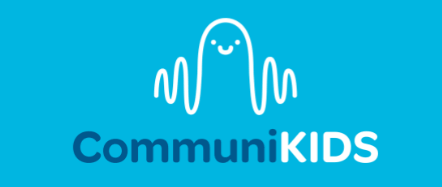Building Joint Attention
Joint attention is an important foundational skill for language development. It is the sharing of attention or focus on something with another person. For example, a child and parent may both look at a ball they’re playing with. Joint attention can be shown through eye contact, gestures (such as pointing at the activity) or verbalisations (Look!).
Joint attention is an essential part of building communication, as it helps the child understand what someone else is attending to and comment on it. Additionally, joint attention is part of early social skills development and important in building skills such as turn taking, perspective taking and other interaction skills necessary for building relationships with others. To build joint attention, it’s important to be down on the same level as your child. You can draw attention to your face using big glasses, a silly hat or putting things like stickers on your face as part of a game. Cause and effect games are also a great way to build joint attention. Encourage joint attention by saying your child’s name, pointing or saying ‘Look!’.
Blowing Bubbles
Get some bubbles, trying to make sure you’re in control of them. Take the bubble wand out and blow some bubbles, commenting as you do so. Once all the bubbles are gone, pause and wait for your child to look at you, verbalise (e.g. ‘more’) or point at the bubbles before blowing more.
What’s in the bag?
Place some of your child’s preferred activities in a non-transparent bag. Shake the bag so it makes a noise, waiting for your child to look at you and then bag, verbalise or gesture before opening it up and letting them choose one of the activities at random.
Shaving foam
This is a fun (if slightly messy!) activity for kids, particularly sensory seeking children. Spray some shaving foam on a table, inviting your child to touch it. Encourage joint attention by putting some on your nose or around your face. Once they’ve had a go, wipe it away and wait for them to look, verbalise or gesture before spraying some more onto the table.
Musical instruments
Grab some musical instruments or make your own with household items. Shake the maracas, tap a drum or shake a tambourine with your child. Stop, and wait for them to look, verbalise or gesture before starting the music again. This can also be done with songs (e.g. on the phone) - pause the music and wait for signs of joint attention before playing again.
Car ramp
Place a car at the top of a ramp. Pause and wait for those signs of joint attention before pushing the car down and watching it go!
